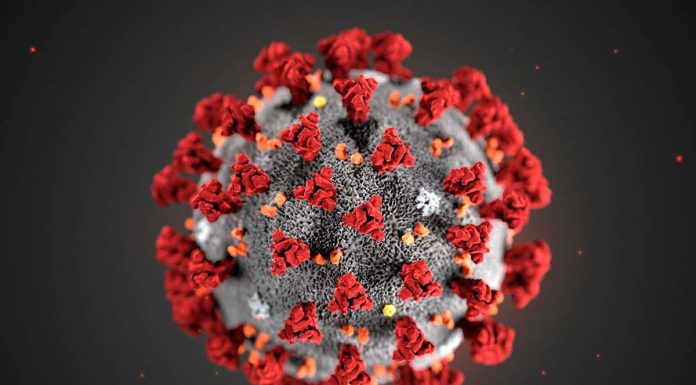Zimbabwe is considered agro-based, as agriculture is critical for livelihoods as
well as for feedstock to downstream industries. At 8.1% of the total available budget, the Lands, Agriculture, Fisheries, Water and Rural Development has the third highest share after the Ministry of Primary and Secondary Education and the Ministry of Health and Childcare.
In 2022 the Ministry got the 2nd highest allocation; hence the priority of the Ministry has now decreased. The Committee believes the priority should be more on agriculture as the main economic driver.
The Committee is concerned that the previous resource allocations have failed to transform the agriculture sector, as reflected by low yields. Productivity at most farms is currently at about 1.5 to 2 tonnes per hectare, at a time when 4.5 to 5 tonnes per hectare is possible.
The Committee also appreciates the setting up of ZWL$11.8 billion for the mechanisation programme targeting smallholder farmers. This would go some way in improving their productivity and hence output and contribution to total agriculture activity. However, given that the mechanisation gap is currently too high, the Committee recommends that this budget be increased to accommodate more smallholder beneficiaries.
The Ministry has always targeted ensuring that 3 million households to benefit from the programme, the Committee is concerned that the number has been reduced to 900,000 in the 2023 National Budget. The reduction in the targeted households will reduce the potential of reaching the targeted Strategic Grain Reserve of 1.5 million MT, posing a threat of food insufficiency.
The Ministry has an approved staff establishment of 15,487, although 2,749 (17.8%) of these were not in post as of 30 September 2022. The Ministry operates through nine programme areas. The nine programme areas are as follows:
- i) Policy and Administration which is responsible for creating an enabling environment for asustainable and viable agricultural sector. It comprises of seven sub-programmes. In 2022,this programme has also incorporated The Strategic Grain Reserve Fund and the
Presidential Input Support Programme.
- ii) Agriculture Education which focuses on producing competent agriculture graduates with analytical and entrepreneurial skills. This programme area comprises of two sub-programmes.
- iii) Crops and Livestock Research and Technology Development which focuses on developing, adapting, and disseminating innovative research technologies to improve crop and livestock productivity. It consists of five sub-programmes.
- iv) Agricultural Advisory and Rural Development Services which provides technical, extension, advisory and pest management services in the crop, livestock, fisheries, and aquatic resources. It comprises of one sub-programme
- v) Agricultural Engineering and Farm Infrastructure Development which promotes agriculture mechanization, farm structures and irrigation technologies to increase crops and livestock productivity and production. It comprises of two sub-programmes.
- vi) Animal health advisory services which prevent entry, establishment and spread of transboundary animal diseases within Zimbabwe and control specifies animal diseases and pests. It comprises of three sub-programmes.
vii) Land Resettlement and security of tenure, which is responsible for promoting equitable distribution of land and provision of security of tenure. It comprises of four subprogrammes.










